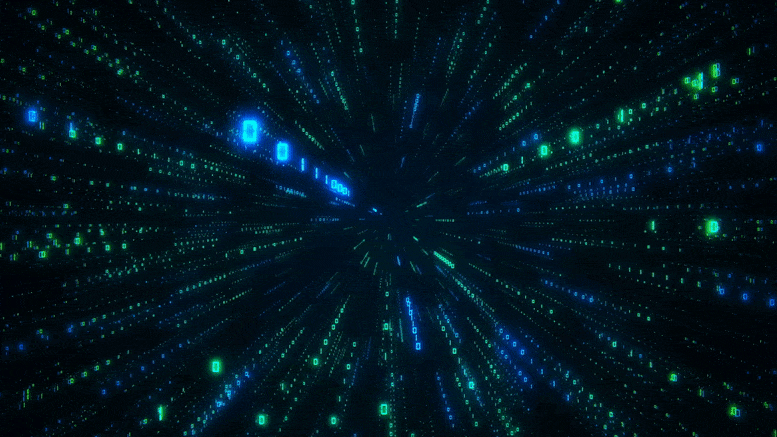
The native advertising has been one of the major trends in recent years. In the face of consumers increasingly saturated with invasive ads, the solution is not to combat ad blockers, but to understand that we have to offer them value. Thus, native advertising adapts in form and functionality to the environment in which it appears, allowing the user to be reached in a less intrusive way than with traditional advertisements.
According to The Native Advertising Institute, native advertising in 2021 will generate 74% of advertising revenue like auto for trade. But to continue to be able to reach consumers, you will have to adapt to changes in their habits. The key is to keep up with the trends in native advertising for 2021 and beyond. Let’s see them!
4 big native advertising trends in 2020/21
1. Native programmatic advertising
More than a trend, native programmatic advertising is now a reality: according to Outbrain, in 2018 86.7% of advertisers bought programmatic native advertising and in 2020 this percentage will be 87.7%.
The success of programmatic advertising is explained by its ability to avoid human errors and bias and get ads to the places where they are most effective. The result is that native programmatic advertising achieves maximum impact for minimum budget.
2. The native video
Cisco estimates that by 2021, 80% of global internet traffic will be video content. As data rates and internet quality at home have increased, users have become accustomed to consuming video content anytime, anywhere, and it is often their preferred format.
Video has a unique ability to illustrate complex concepts and to achieve an emotional connection with the audience through storytelling. So it makes all the sense in the world to incorporate video marketing into your native advertising.
3. Native audio
According to Ogilvy Consulting’s 2019 Trends Report, “For the first time, advertisers will have no choice but to take advantage of audio tools to empower their brands.”
In recent years we have witnessed the unstoppable rise of podcasts, which have gone from being a niche format to monopolizing many hours of user content consumption. One of the main reasons is that listening to podcasts has become integrated with people’s everyday activities, such as going to work or cleaning the house. Without a doubt, an excellent opportunity to sneak into the day-to-day life of your target audience through native advertising.
4) User comes first
Ultimately, the success of native advertising is based on its ability to deliver value to the user, both through useful content and pure entertainment. We are integrating into your favorite medium and we must keep up in terms of quality of content. Only then can we enrich your experience instead of interrupting it.





